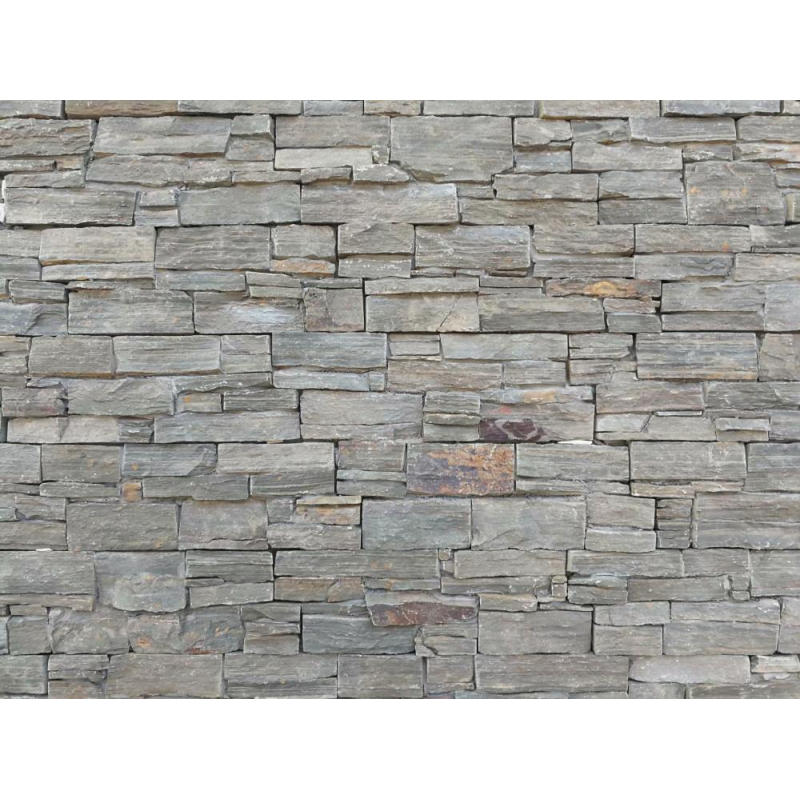
قدرتي پٿر گهرن ۽ باغن ۾ استعمال ٿيندڙ سڀ کان عام استعمال ٿيل مواد مان هڪ آهي. پر ڇا توهان ڪڏهن حيران ٿي ويا آهيو ته توهان جي خاص پٿر جون ٽائلس، سرون، يا فرش ڪٿان آيا آهن؟

Natural stone was created thousands of years ago when the Earth was just a ball of mineral gases. As these gases began to cool down, they compressed and solidified to form the world we know today. It was during this process that natural stone was formed – the type of stone created depends on what type of minerals were combined at that time. This was a slow process that occurred over millions of years. As the Earth began to settle, many of these seams of stone were gradually pushed to the surface by heat and pressure, creating the large formations we see today.
Stone can come from anywhere in the world, and the type of stone is determined by its origins. There are quarries in America, Mexico, Canada, Italy, Turkey, Australia, and Brazil, as well as many other countries around the globe. Some countries have multiple natural stone quarries, whilst others only have a few. Let’s look in closer detail at where particular stones originate and how they were formed.
سنگ مرمر is the result of limestone that has been altered through heat and pressure. It’s a versatile stone that can be used on virtually anything – statues, stairs, walls, bathrooms, counter tops, and more. Usually seen in white, marble is also common in black and grey tints, and has great weather endurance.
کوارٽزائٽ ٿلهي پٿر مان نڪرندو آهي جنهن کي گرمي ۽ کمپريشن ذريعي تبديل ڪيو ويو آهي. پٿر بنيادي طور تي اڇي رنگ ۾ اچي ٿو، پر ان سان گڏ ناسي، سرمائي يا سائي رنگن سان پڻ ملي سگهي ٿو. اهو سڀ کان سخت قدرتي پٿر جي قسمن مان هڪ آهي، اهو هڪ بهترين انتخاب آهي عمارت جي ڀتين، countertops، ۽ ٻين اڏاوتن لاء جيڪو بھاري ڊيوٽي پٿر جي ضرورت آهي.
گرينائيٽ اصل ۾ هڪ آتشي پٿر هو جيڪو ميگما (لاوا) جي سامهون آيو هو ۽ مختلف معدنيات جي نمائش ذريعي تبديل ڪيو ويو. پٿر عام طور تي انهن ملڪن ۾ ملي ٿو، جن ڪنهن وقت تي تيز آتش فشاني سرگرمي ڏٺو آهي، ۽ ڪارو، ناسي، ڳاڙهي، اڇو، ۽ وچ ۾ لڳ ڀڳ سڀني رنگن کان رنگن جي وڏي قسم ۾ موجود آهي. گرينائيٽ هڪ بهترين اختيار آهي باورچی خانه ۽ غسل خاني لاءِ ان جي اينٽي بيڪٽيريل خاصيتن جي ڪري.
چن جو پٿر مرجان، سيشيل، ۽ ٻين سامونڊي زندگي جي گڏ ٿيڻ جو نتيجو آهي. چونا پٿر جا ٻه قسم آهن، هڪ سخت قسم جيڪو ڪلسيم سان ڀريل آهي، ۽ ٻيو وڌيڪ ميگنيشيم سان نرم قسم. سخت چونا پٿر اڪثر ڪري تعميراتي صنعت ۾ استعمال ٿيندو آهي، يا زمين تي ۽ ان جي پنروڪ معيار جي ڪري مارٽر ۾ استعمال ٿيندو آهي.
بليو اسٽون is sometimes referred to as basalt, and is one of the most common natural stones around the world. Bluestone forms through the alteration of lava, and because of this, is one of the closest stones to the Earth’s surface. Basalt is generally darker in colour, and is used as house roofing and floor tiles because of its hard texture.
سليٽ تڏهن پيدا ٿيو جڏهن شيل ۽ مٽيءَ جي پٿرن کي گرمي ۽ دٻاءَ ذريعي تبديل ڪيو ويو. ڪاري، واڱڻائي، نيري، سائو ۽ سرمائي رنگن ۾ موجود، سليٽ ڇت لاءِ مقبول انتخاب بڻجي چڪي آهي، ڇاڪاڻ ته ان کي پتلي سان ڪٽي سگهجي ٿو ۽ گهٽ ۾ گهٽ نقصان سان ٿڌي گرمي کي برداشت ڪري سگهجي ٿو. سليٽ اڪثر ڪري فرش جي ٽائلنگ طور استعمال ڪيو ويندو آهي ڇاڪاڻ ته ان جي دائمي فطرت جي ڪري.
ٽرورٽائن is created when floodwaters wash through limestone, leaving mineral deposits throughout. As it dries out, the extra minerals solidify to gradually create a much denser material called travertine. This stone is good as a replacement for marble or granite, as it’s much lighter and easier to work with, yet still durable. For this reason travertine is often used on floors or walls, and is estimated to last around fifty years if maintained regularly.